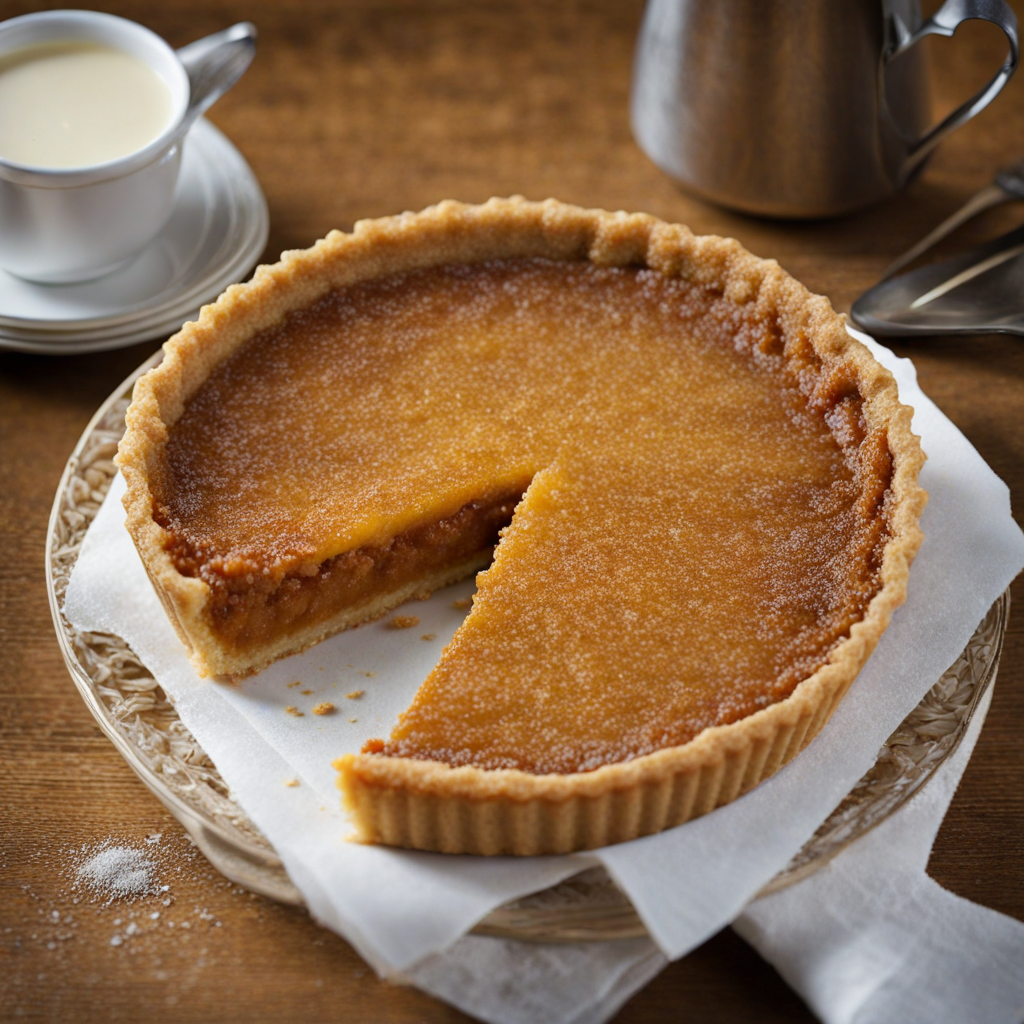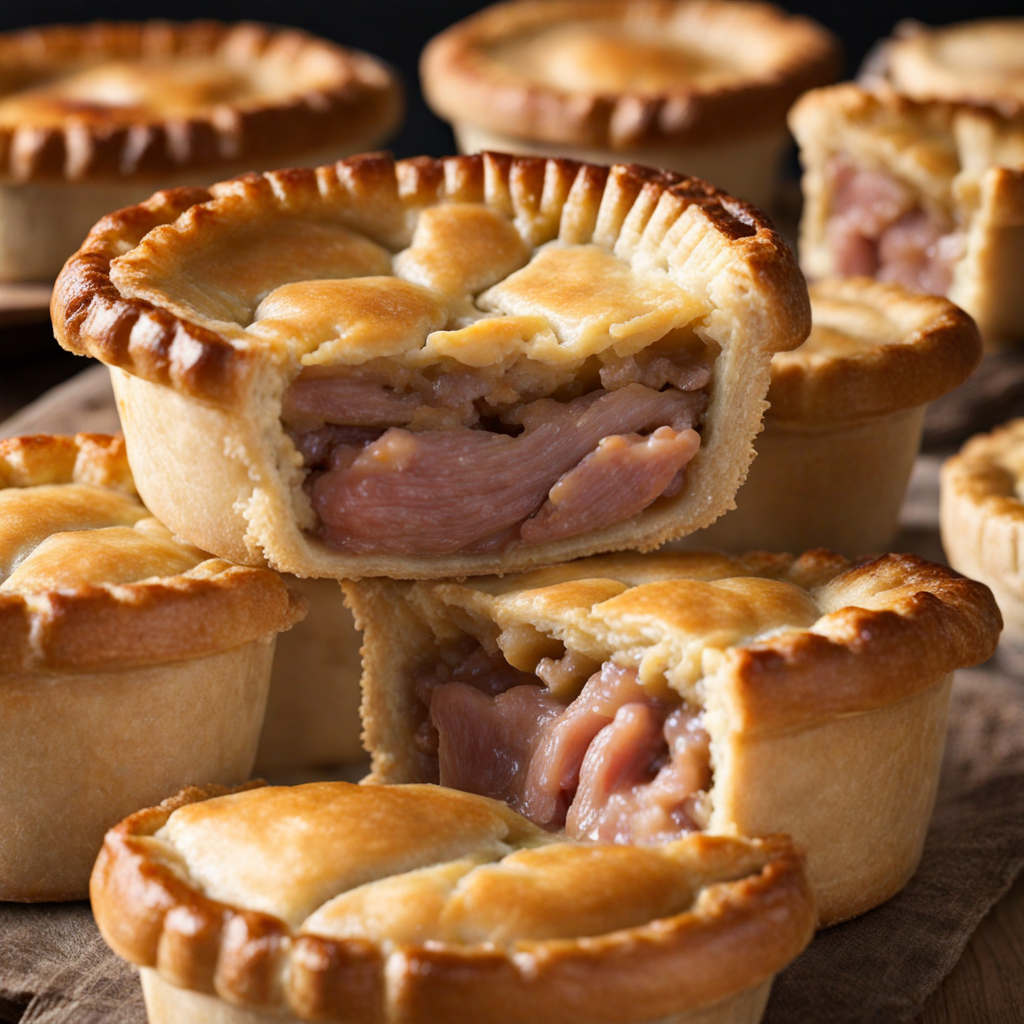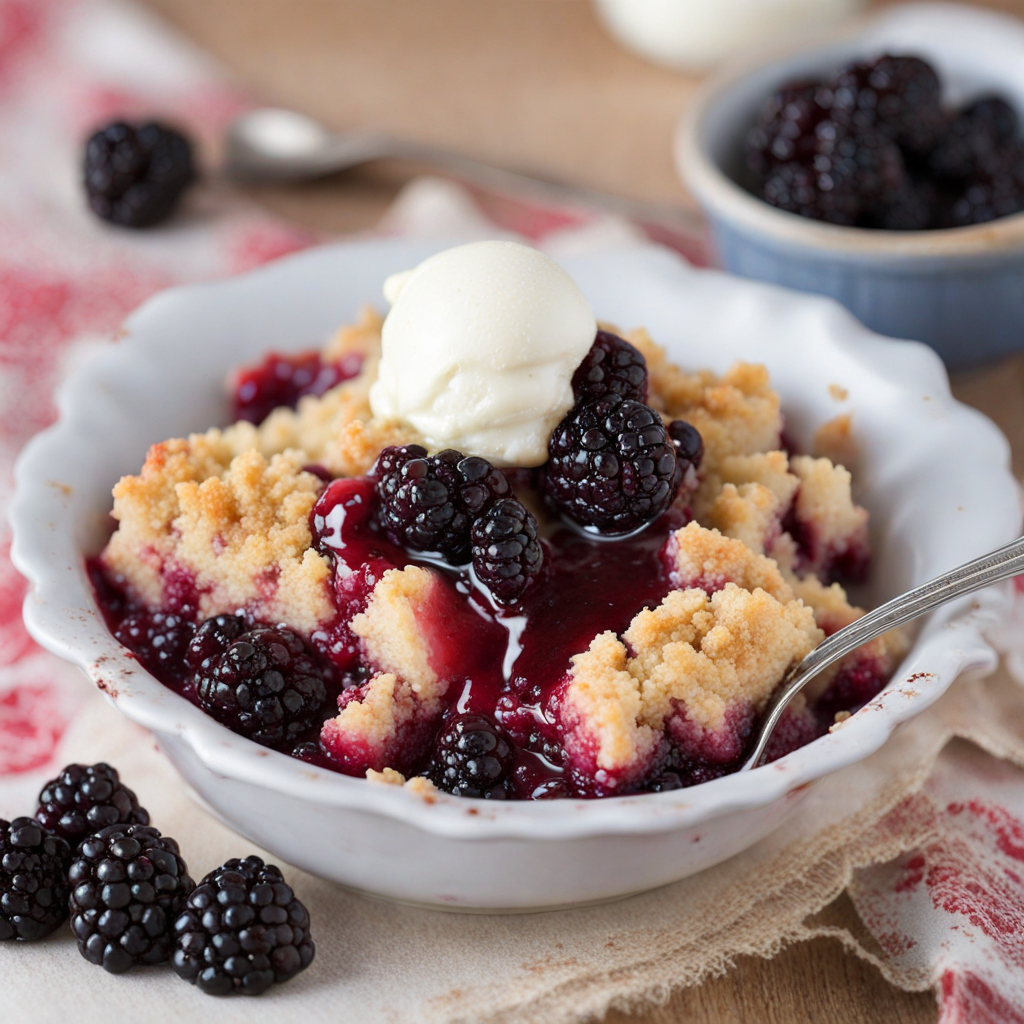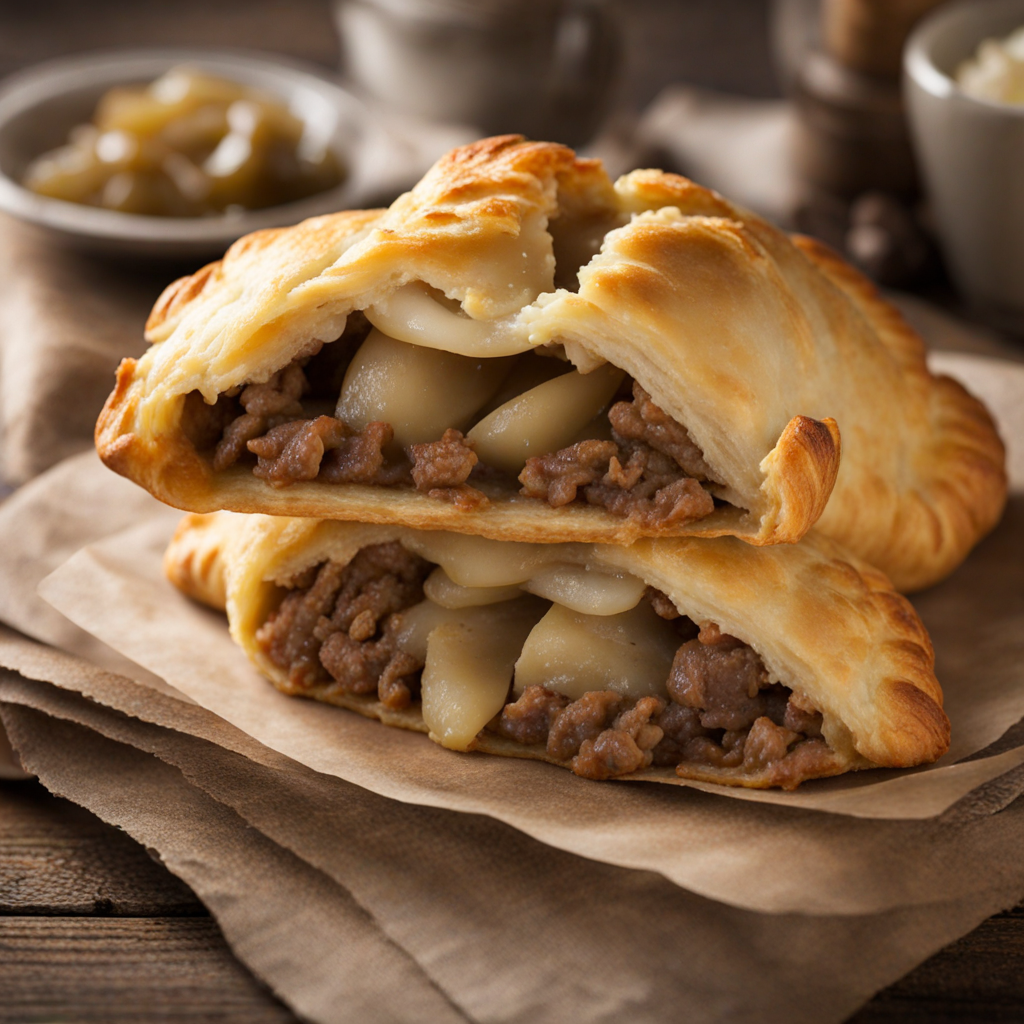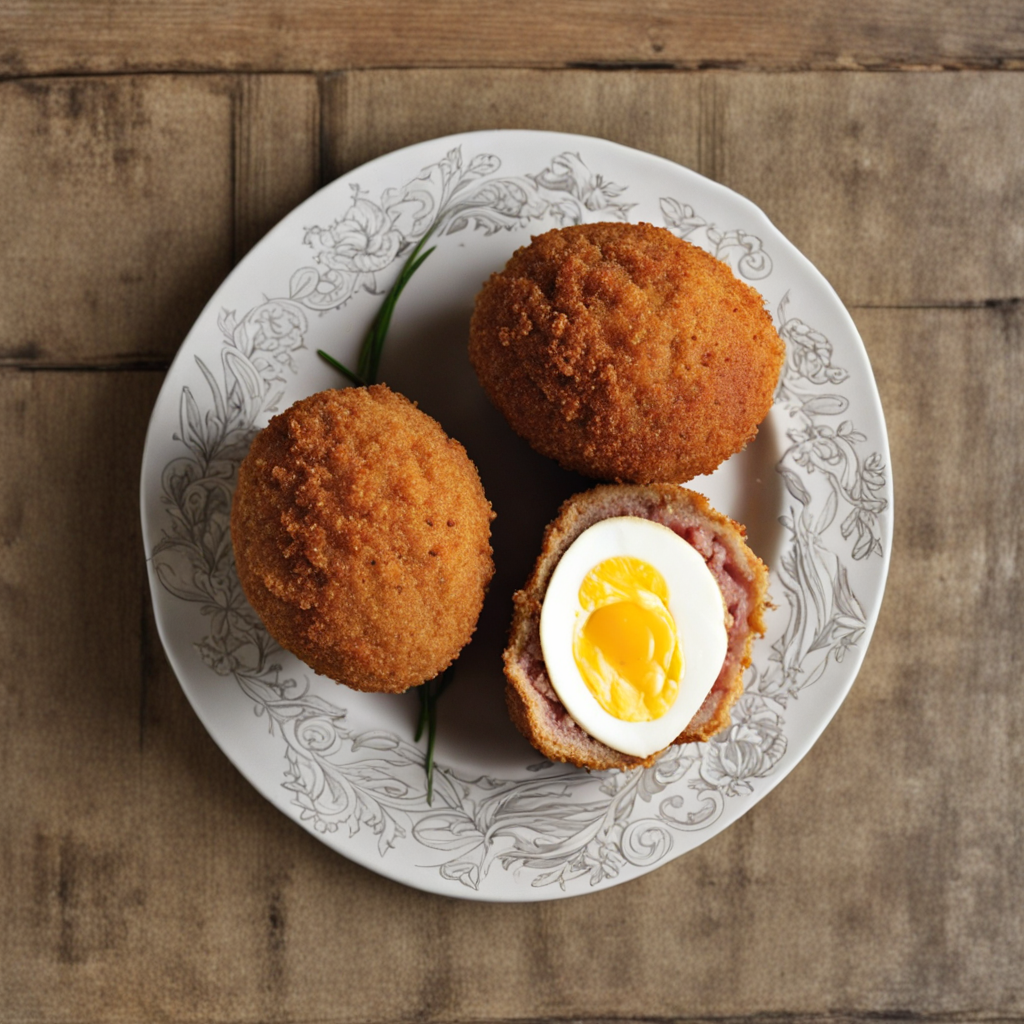Treacle Tart
Treacle Tart is a delightful dessert that hails from the United Kingdom, renowned for its sweet and sticky texture. It features a buttery shortcrust pastry that encases a rich filling made primarily of golden syrup, which gives it a distinctive sweetness. The filling is typically enhanced with breadcrumbs, lemon juice, and zest, providing a zesty contrast to the syrupy sweetness. This combination creates a harmony of flavors and textures that is both comforting and indulgent, making it a beloved classic in British cuisine. When you take a bite of Treacle Tart, the first thing you'll notice is the delightful crunch of the pastry, which beautifully contrasts with the gooey, syrupy filling. The golden syrup lends a deep, caramel-like taste, while the breadcrumbs add a slight chewiness that makes each mouthful satisfying. The addition of lemon juice and zest not only cuts through the sweetness but also adds a refreshing brightness, elevating the tart to a whole new level. This balance of flavors is what makes Treacle Tart so irresistible and memorable. Traditionally served warm or at room temperature, Treacle Tart is often accompanied by clotted cream, custard, or a scoop of vanilla ice cream, which enhances its rich flavor profile. Its nostalgic appeal has made it a favored choice for both casual family meals and festive occasions. Whether enjoyed as a cozy dessert at home or as a delightful treat in a quaint British tea shop, Treacle Tart is sure to transport your taste buds to the heart of the United Kingdom with every bite.
How It Became This Dish
Treacle Tart: A Sweet Slice of British History Treacle tart, a beloved dessert in the United Kingdom, is a sweet pastry that marries a crisp, buttery crust with a rich filling of golden syrup, breadcrumbs, and lemon juice. Its simplicity belies a complex history, woven into the fabric of British culinary tradition and culture. From its humble beginnings to its status as a national treasure, treacle tart has endured the test of time, evolving with changing tastes and social contexts. Origins: Sweet Roots The origins of treacle tart can be traced back to the medieval period, where the word "treacle" itself comes from the Old French term "treacle" or "triacle," referring to a medicinal remedy. In early English cookery, treacle often referred to any syrupy substance, including molasses and honey. By the 16th century, the term had settled on what we now recognize as golden syrup, a sweet byproduct of sugar refining. The earliest documented recipes for treacle tart appear in the 19th century, although it is likely that similar pastries existed long before this. The combination of syrup and breadcrumbs was not unique, as cooks throughout Europe utilized whatever sweeteners were available to create rich, satisfying desserts. The addition of lemon juice, which adds a refreshing tang and balances the sweetness, likely became popular in the 20th century. Cultural Significance: A National Favorite Treacle tart has become one of the quintessential British desserts, often associated with childhood and nostalgia. Its enduring popularity is evident in various literary works, most notably in J.K. Rowling's "Harry Potter" series, where the dessert is famously favored by the character Harry Potter himself. The mention of treacle tart in this globally beloved series has cemented its place in contemporary culture, introducing a new generation to this classic dish. Beyond literature, treacle tart has also been celebrated in British media and culinary shows, further embedding it in the national consciousness. It serves as a symbol of comfort and home, often appearing in family gatherings, tea parties, and festive occasions. The tart is frequently associated with the harvest season, when the richness of syrup and the brightness of lemon reflect the bounty of autumn. Development Over Time: A Culinary Evolution As with many traditional dishes, treacle tart has evolved over the years, adapting to changing tastes, ingredients, and cooking techniques. In the early 20th century, the tart became increasingly popular in working-class households, where its cost-effectiveness and ease of preparation made it an attractive dessert option. The basic recipe involves just a few ingredients: a shortcrust pastry, golden syrup, breadcrumbs, lemon zest, and juice. This simplicity allowed it to be homemade by families across the UK. During and after World War II, rationing and food shortages necessitated creative cooking. Treacle tart emerged as a staple dessert, as its ingredients were often more readily available than other luxuries. The use of breadcrumbs, in particular, provided a way to stretch the dish further, making it a practical choice for families during hard times. In the decades that followed, treacle tart began to see variations and modern adaptations. Chefs and home cooks began experimenting with flavors, incorporating spices like ginger or nutmeg, or adding ingredients such as nuts and fruits. Some recipes even introduced chocolate, appealing to contemporary palates. Moreover, gluten-free and vegan versions of treacle tart have emerged, ensuring that this traditional dessert remains accessible to all dietary preferences. Treacle Tart Today: A Timeless Classic In the present day, treacle tart is celebrated not just in homes but also in bakeries and restaurants across the UK. It is often served warm, accompanied by clotted cream or a scoop of vanilla ice cream, enhancing its comforting appeal. The tart has transcended its humble origins, frequently appearing on menus that range from traditional tea rooms to modern gastropubs, showcasing its versatility and timelessness. Culinary schools and cooking classes continue to teach the art of making treacle tart, ensuring that future generations will carry on this cherished tradition. Food festivals and events dedicated to British cuisine often feature treacle tart, highlighting its place in the national culinary landscape. Conclusion: Treacle Tart's Enduring Legacy The history of treacle tart is a testament to the resilience and adaptability of British cuisine. From its origins as a medicinal syrup to its place as a beloved dessert, treacle tart embodies the evolution of food in response to culture, economy, and personal taste. It serves as a reminder of the simple pleasures of home cooking and the powerful connections that food can forge among families and communities. As we savor a slice of treacle tart, we are not merely enjoying a dessert; we are partaking in a rich tapestry of history that connects us to generations of cooks and eaters who have come before us. Whether enjoyed on a rainy afternoon with a cup of tea or as a celebratory centerpiece at a gathering, treacle tart remains a sweet slice of British heritage, cherished and enjoyed by many.
You may like
Discover local flavors from United Kingdom


